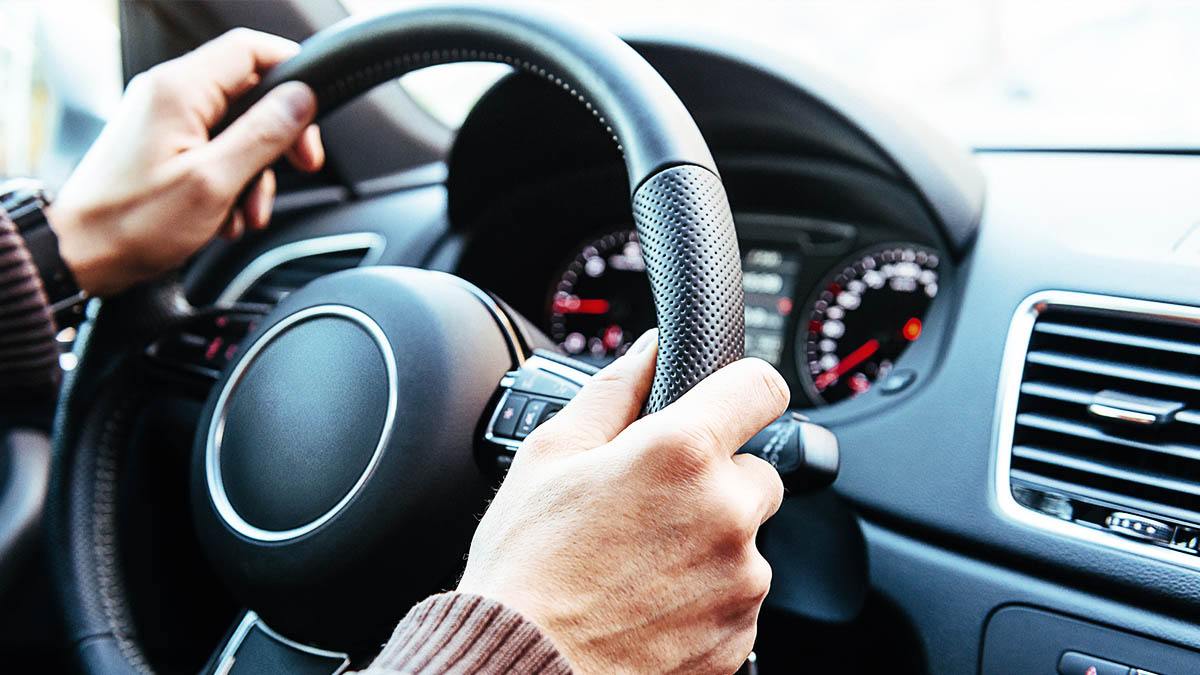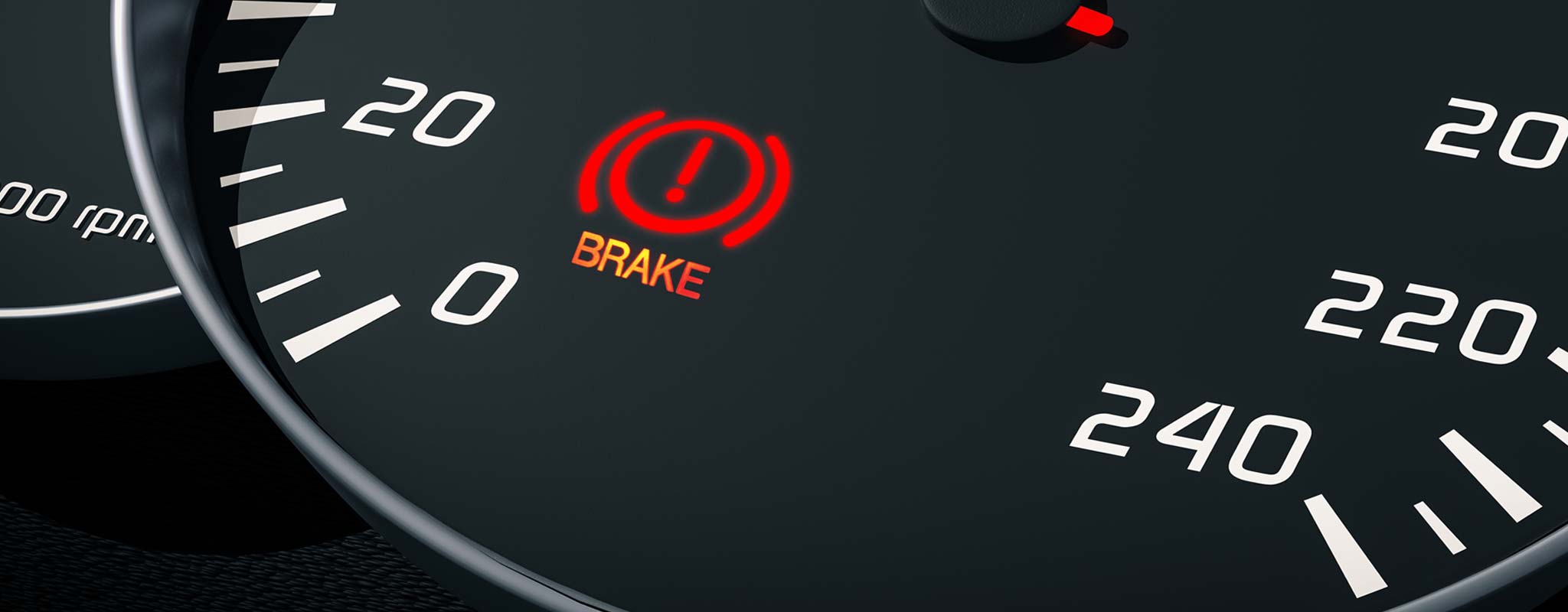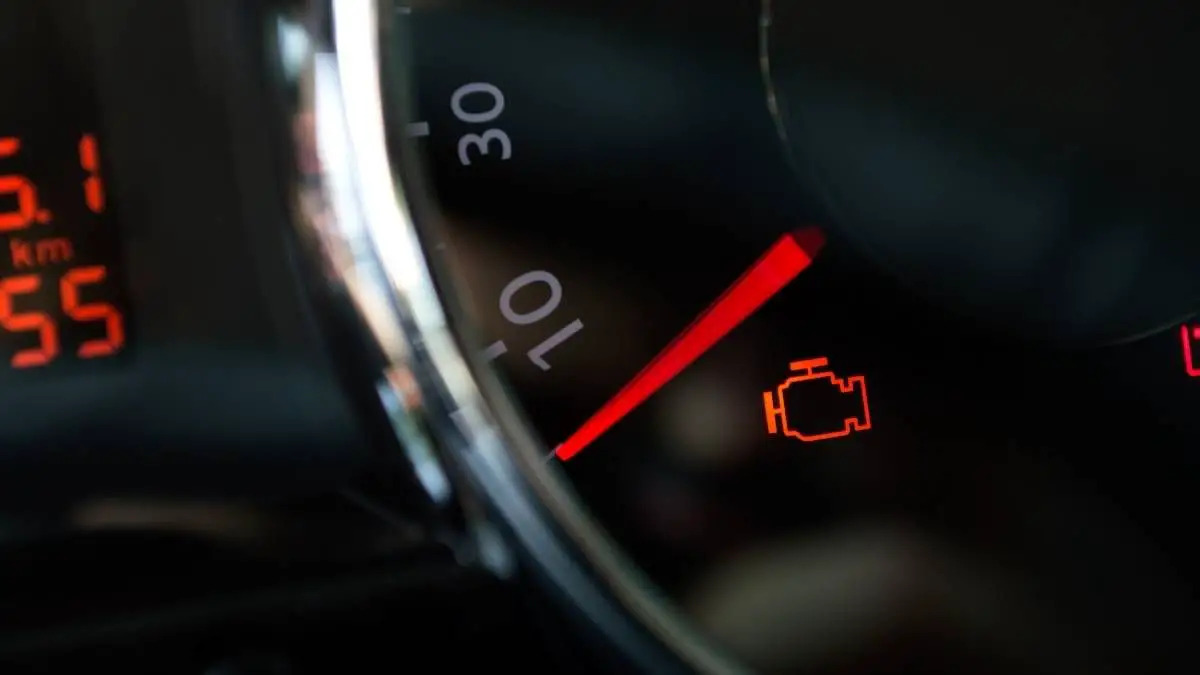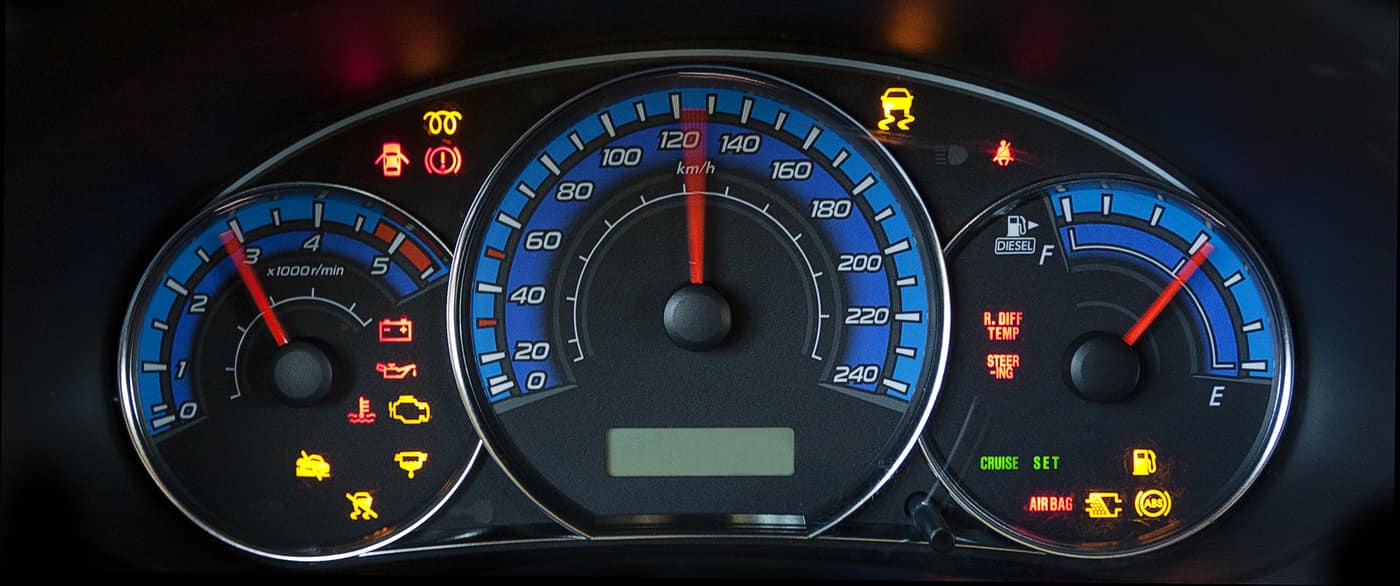

Furniture
What Does The Genie Lamp Mean In A Car
Modified: December 7, 2023
Discover the significance of the genie lamp in a car and its connection to furniture. Unveil the hidden meaning behind this intriguing automotive feature.
(Many of the links in this article redirect to a specific reviewed product. Your purchase of these products through affiliate links helps to generate commission for Storables.com, at no extra cost. Learn more)
Introduction
The Genie Lamp is an essential component in modern cars that plays a crucial role in alerting drivers about potential issues or malfunctions. It is a small indicator light located on the dashboard, specifically designed to communicate important information to the driver. Understanding the meaning behind the various symbols displayed by the Genie Lamp is essential for every car owner or driver.
In this article, we will delve into the history of the Genie Lamp in cars, its functions, the meaning of different symbols, common issues that may arise, and how to interpret the warnings it provides. By the end of this article, you will have a comprehensive understanding of the Genie Lamp and the significance it holds in your car.
Key Takeaways:
- The Genie Lamp in your car is a crucial communication tool, alerting you to potential issues and malfunctions. Understanding its symbols and colors empowers you to take proactive steps in maintaining your vehicle’s health and safety.
- Interpreting the warnings provided by the Genie Lamp involves familiarizing yourself with the symbols, paying attention to the color of the illuminated light, and seeking professional advice when necessary. By following these steps, you can accurately interpret the warnings and take appropriate actions to resolve the underlying issues.
Read more: Why Is A Genie Lamp Called A Lamp
History of the Genie Lamp in Cars
The Genie Lamp, also commonly known as the dashboard warning light or malfunction indicator light, has become a standard feature in modern automobiles. Its origin can be traced back to the 1970s when car manufacturers began implementing electronic systems to monitor various aspects of the vehicle’s performance. Prior to this, cars were equipped with simple mechanical gauges and indicators.
The introduction of electronic control units (ECUs) in cars revolutionized the way manufacturers monitored and diagnosed the vehicle’s functions. These ECUs are responsible for collecting data from sensors placed throughout the car and interpreting it. To communicate any issues or malfunctions detected by the ECUs to the driver, manufacturers incorporated the Genie Lamp into the dashboard.
Originally, the Genie Lamp was a simple amber-colored light that illuminated when a fault was detected. As car technology advanced, so did the Genie Lamp’s capabilities. Manufacturers began incorporating various symbols and colors to represent specific issues. These symbols are now standardized across different car brands, making it easier for drivers to understand the warning displayed.
Over the years, the Genie Lamp has become an integral part of car design. It not only alerts drivers to potential issues but also acts as a safety measure. By providing early warning of malfunctions or system failures, it allows drivers to take appropriate action and seek necessary repairs before a small problem escalates into a serious and costly one.
Today, the Genie Lamp is found in nearly every car model on the market. It continues to evolve alongside car technology, incorporating more advanced features such as voice alerts, digital displays, and even connected interfaces that allow drivers to access additional information and diagnostics.
The Genie Lamp’s history is a testament to the ongoing efforts of manufacturers to improve the safety and functionality of vehicles. As technology continues to advance, we can expect the Genie Lamp to become even more sophisticated and informative, providing drivers with valuable insights into their car’s health and performance.
Function of the Genie Lamp
The Genie Lamp serves as a vital communication tool between your car’s electronic systems and you as the driver. Its primary function is to alert you to potential issues or malfunctions that may require your attention or immediate action. By displaying various symbols and colors, the Genie Lamp provides valuable information about the health and status of your vehicle.
One key function of the Genie Lamp is to indicate when there is a problem with the engine or emission control system. It may illuminate if there is a fault detected in the engine, fuel system, ignition system, or exhaust system. This warning can help you identify issues such as a misfire, a faulty oxygen sensor, or a problem with the catalytic converter.
The Genie Lamp is also responsible for alerting you to issues with your vehicle’s safety systems. If there is a malfunction or a fault detected in the anti-lock braking system (ABS), traction control system (TCS), or electronic stability control (ESC), the Genie Lamp will illuminate to let you know that these essential safety features may not be operating at their full capacity.
In addition to engine and safety-related alerts, the Genie Lamp can also indicate problems with other components and systems in your car. It may warn you about issues with your battery, power steering, transmission, or even tire pressure. These warnings allow you to address the specific problem promptly, preventing further damage and ensuring the overall reliability and performance of your vehicle.
It is important to note that the Genie Lamp is not a definitive diagnosis. It merely serves as an initial indication that something may be wrong. Once the Genie Lamp illuminates, it is crucial to consult your vehicle’s owner’s manual or seek professional advice to diagnose and address the specific issue. Ignoring or neglecting the Genie Lamp’s warnings can lead to more severe damage to your car and potentially compromise your safety on the road.
Overall, the function of the Genie Lamp is to provide you with crucial information about your car’s status and health. By paying attention to its warnings and taking appropriate action, you can ensure the longevity, safety, and reliability of your vehicle.
Meaning of Different Genie Lamp Symbols
The Genie Lamp in your car displays various symbols to indicate different issues or malfunctions. Understanding the meaning behind these symbols is essential for interpreting the warnings provided by the Genie Lamp. While the specific symbols can vary slightly between car manufacturers, there are some common symbols that you are likely to encounter.
1. Engine Check Light – This symbol, often depicted as an engine outline or the words “check engine,” indicates a problem with the engine or emission control system. It can signify anything from a loose gas cap to a more serious engine malfunction.
2. Battery Light – Represented by a square with a positive and negative sign, this symbol indicates an issue with the vehicle’s battery or charging system. It can signify a faulty alternator, a weak battery, or a loose connection.
3. ABS Light – The symbol for the Anti-lock Braking System resembles a circle with the letters “ABS” inside. When this light illuminates, it signifies a fault with the ABS system, which is designed to prevent the wheels from locking up during braking. It is essential to address this issue promptly for optimal braking performance.
4. Oil Light – This symbol, typically an oil can or an oil drop, indicates a problem with the vehicle’s oil pressure or oil level. It alerts you to low oil pressure or insufficient oil in the engine, which can lead to severe engine damage if not addressed promptly.
5. Tire Pressure Light – Depicted as an exclamation mark within a tire, this symbol warns you about low tire pressure. It indicates that one or more of your tires may be underinflated, which can affect vehicle handling, fuel efficiency, and tire wear.
6. Temperature Warning Light – This symbol, often represented as a thermometer or a wavy line indicating heat, warns you about an overheating engine. It indicates that your engine is operating at a high temperature, which can lead to serious damage if not addressed immediately.
7. Airbag Light – Represented by an image of an airbag deploying, this symbol alerts you to a fault in the vehicle’s airbag system. It indicates that the airbags may not deploy properly in the event of a collision, compromising your safety.
These are just a few examples of the symbols you may encounter on your car’s Genie Lamp. It is crucial to refer to your vehicle’s owner’s manual for a complete list of symbols specific to your car make and model. Understanding the meaning of these symbols empowers you to respond appropriately to any warnings displayed by the Genie Lamp and ensure the safety and reliability of your vehicle.
The genie lamp in a car, also known as the check engine light, indicates a problem with the vehicle’s engine or emissions system. It’s important to have it checked by a mechanic to diagnose and address any issues.
Common Issues with the Genie Lamp
The Genie Lamp in your car is a helpful tool for alerting you to potential issues or malfunctions. However, there are certain common issues that you may encounter with the Genie Lamp itself. Understanding these issues can help you troubleshoot and resolve them more effectively.
1. False Alarms – Sometimes, the Genie Lamp may illuminate for no apparent reason or display a warning that disappears shortly after. This could be due to a momentary sensor glitch or an issue with the electrical system. If the warning light turns off and there are no noticeable changes in the car’s performance, it is generally safe to continue driving. However, consulting a professional mechanic for a thorough inspection is recommended.
2. Dim or Flickering Light – The Genie Lamp may become dim or flicker intermittently, making it difficult to read the displayed symbols. This can be caused by a loose or faulty connection, a failing bulb, or a problem with the dashboard wiring. In such cases, it is advisable to have the issue diagnosed and repaired by a qualified technician to ensure accurate and reliable warning indications.
3. Constant Illumination – If the Genie Lamp remains constantly illuminated, it indicates a persistent issue that requires attention. This could be due to a fault in the engine, transmission, electrical system, or other vital components. Continuing to drive the vehicle without addressing the underlying problem may lead to further damage or even potential safety hazards. It is crucial to have the vehicle checked by a professional as soon as possible to identify and resolve the issue.
4. Failure to Illuminate – On the other hand, if the Genie Lamp fails to illuminate when it should, it may indicate a problem with the lamp itself or the warning system. This can prevent you from receiving timely alerts about potential issues, putting your safety at risk. Having the system checked by a qualified technician is essential to ensure the proper functioning of the Genie Lamp.
5. Inconsistent or Confusing Symbols – The Genie Lamp symbols can vary slightly between car makes and models, which can sometimes cause confusion. Additionally, some symbols may have multiple interpretations, further complicating the issue. Consulting your vehicle’s owner’s manual or seeking professional advice can help you properly interpret the symbols and understand the specific warnings displayed by the Genie Lamp.
Proper maintenance and regular check-ups can help minimize issues with the Genie Lamp. Keeping your car’s systems in good condition, including sensors and wiring, can greatly reduce the likelihood of false alarms or malfunctioning indicators. If you experience persistent issues with the Genie Lamp, it is always recommended to consult a qualified mechanic for a thorough diagnosis and resolution.
Read more: How To Get A Genie Lamp
How to Interpret Genie Lamp Warnings
Interpreting the warnings provided by the Genie Lamp in your car is essential for understanding the potential issues or malfunctions that require your attention. While the symbols displayed may vary slightly between car makes and models, there are some general guidelines to help you interpret the warnings accurately.
1. Familiarize Yourself with the Symbols – Start by familiarizing yourself with the various symbols displayed by the Genie Lamp. Consult your vehicle’s owner’s manual for a comprehensive list and description of the symbols specific to your car. Understanding the meaning behind the symbols is crucial for interpreting the warning correctly.
2. Pay Attention to the Color – The color of the Genie Lamp’s illumination can provide additional information. In general, a red light indicates a more severe issue that requires immediate attention, while a yellow or amber light signifies a less critical problem that should be addressed as soon as possible but may not require immediate action.
3. Identify the Specific Symbol – Once you see the warning symbol, identify the specific symbol being displayed. Some common symbols include the engine check light, battery light, ABS light, oil light, and temperature warning light. Each symbol represents a particular system or component in your car.
4. Take Note of Additional Symptoms – In addition to the warning symbol, take note of any additional symptoms or changes in the vehicle’s performance. This can help provide more context and assist in determining the severity of the issue. Examples of additional symptoms may include strange noises, changes in engine performance, or unusual odors.
5. Refer to the Owner’s Manual – When you encounter a warning symbol that you are unsure about or if the symbol is not covered in this article, always refer to your vehicle’s owner’s manual. The manual will provide detailed explanations of the symbols specific to your car, along with recommended actions to take in response to each warning.
6. Seek Professional Advice – If you are unable to determine the cause or severity of the warning displayed by the Genie Lamp, it is advisable to seek professional advice. Consult a qualified mechanic who can utilize diagnostic tools to identify the specific issue and provide appropriate repairs or solutions.
Remember, the Genie Lamp is not a definitive diagnosis but rather an initial indication that something may be wrong. It is crucial to address any warnings promptly to prevent further damage to your vehicle and ensure your safety on the road. By interpreting the Genie Lamp warnings correctly, you can take the necessary actions to resolve the issues and maintain the optimal performance of your car.
Conclusion
The Genie Lamp in your car serves as a vital communication tool, providing warnings and indications of potential issues or malfunctions. Understanding its history, function, and the meaning behind its symbols is essential for every car owner or driver. By paying attention to the Genie Lamp, you can proactively address any problems and ensure the optimum performance and safety of your vehicle.
Over the years, the Genie Lamp has evolved from a simple amber light to a sophisticated system that displays various symbols and colors. These symbols represent different components and systems in your car, such as the engine, battery, ABS, oil, temperature, and more. By familiarizing yourself with these symbols and their meanings, you can interpret the warnings accurately and take appropriate actions.
While the Genie Lamp is a helpful tool, it is important to remember that it is not a definitive diagnosis. It serves as an initial indication that something may be wrong, prompting you to consult your vehicle’s owner’s manual or seek professional advice. Ignoring the warnings displayed by the Genie Lamp can lead to more serious damage and compromise your safety while driving.
Common issues with the Genie Lamp include false alarms, dim or flickering lights, constant illumination, and inconsistent symbols. Being aware of these issues can help you troubleshoot and address them effectively, ensuring reliable and accurate warnings from the Genie Lamp.
Interpreting the warnings provided by the Genie Lamp involves familiarizing yourself with the symbols, paying attention to the color of the illuminated light, identifying the specific symbol, taking note of additional symptoms, referring to the owner’s manual, and seeking professional advice when necessary. By following these steps, you can accurately interpret the warnings and take appropriate actions to resolve the underlying issues.
In conclusion, the Genie Lamp in your car plays a crucial role in alerting you to potential issues or malfunctions. Understanding its history, function, symbols, and how to interpret its warnings empowers you to address problems promptly and ensure the optimal performance and safety of your vehicle. Treat the Genie Lamp as your trusted companion, always ready to guide you and keep you informed about the health and status of your car.
Frequently Asked Questions about What Does The Genie Lamp Mean In A Car
Was this page helpful?
At Storables.com, we guarantee accurate and reliable information. Our content, validated by Expert Board Contributors, is crafted following stringent Editorial Policies. We're committed to providing you with well-researched, expert-backed insights for all your informational needs.














